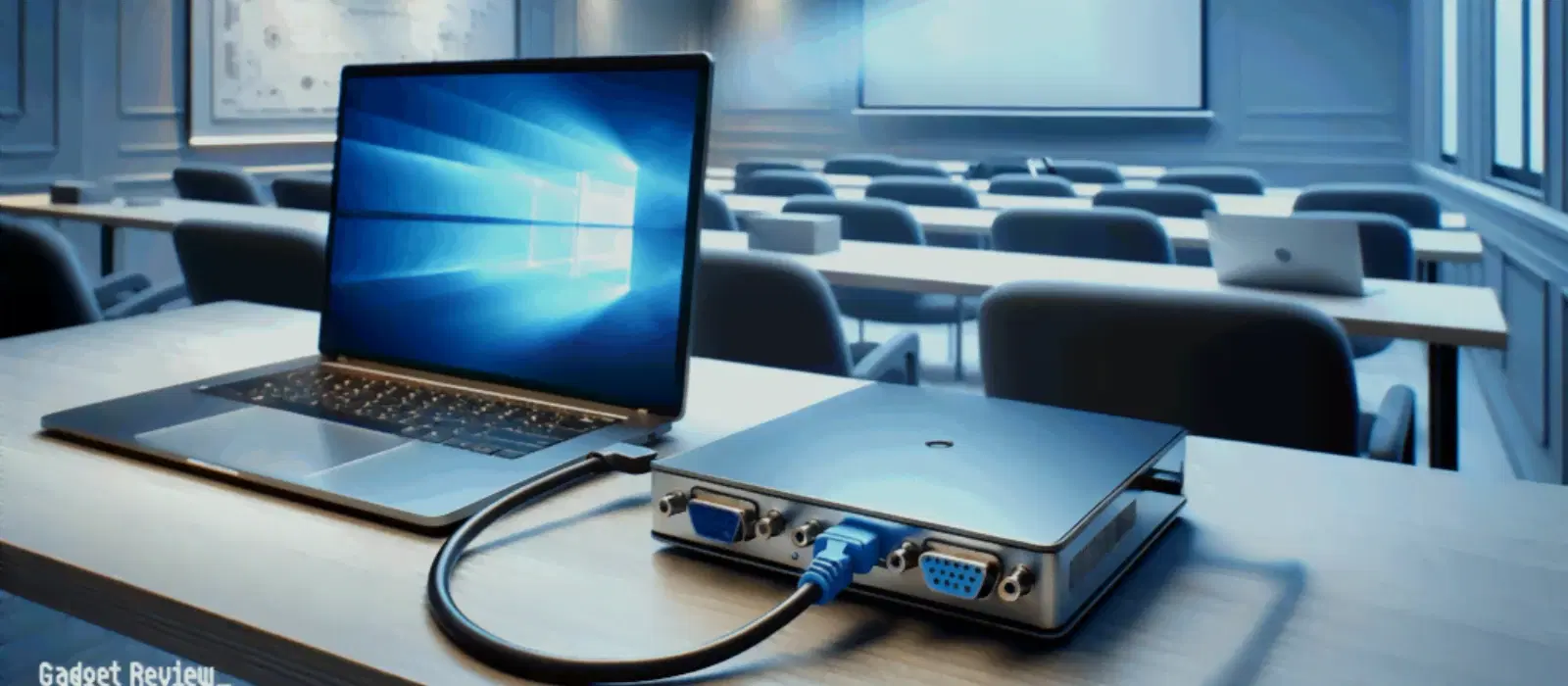
Consumer Electronics
•03 min read
Have you ever found yourself needing to reinstall Windows 7 but lacking a DVD drive? Making a bootable USB is an excellent way to install your operating system quickly and conveniently. This comprehensive FAQ-style guide will walk you through all the necessary details, including benefits, essential tools, step-by-step setups, and troubleshooting so you can create your bootable USB with ease.
Using a USB drive for Windows installation can significantly speed up the process compared to using DVDs. The portability of a bootable drive means you can carry your installation media wherever you go. It is also especially useful for newer devices that come without an optical drive. Plus, this method aligns with a smart, streamlined approach to using technology – exactly how Tata Neu empowers users by offering convenience and rewarding experiences with NeuCoins when you shop using the platform.
A bootable USB is perfect not only for reinstalling Windows 7 after a system failure but also for setting up the operating system on new hardware. It can serve as a backup for future installations, ensuring you’re always ready to restore or install your system without hassle.
Before getting started, prepare the following essentials: a USB flash drive with a minimum of 4GB capacity (though 8GB or more is ideal), a Windows 7 ISO file downloaded from an official source, and reliable bootable USB creation software such as Rufus or the Windows USB/DVD Download Tool.
It is important to format your USB drive correctly for the bootable installation. Generally, FAT32 is recommended for UEFI systems, while NTFS works well with older BIOS configurations. Ensuring the drive is free from malware and performing a clean format is a critical first step in preventing issues during installation.
For most users, employing a tool like Rufus makes creating a bootable drive simple. Open Rufus, select your USB drive, load the Windows 7 ISO file, and choose the appropriate partition scheme. Follow each step the software provides to ensure all settings are correctly configured. Alternatively, the Windows USB/DVD Download Tool also offers an intuitive interface where you simply select the ISO file, target device, and let the software take care of the rest.
If you prefer not to use third-party software, you can also create a bootable USB using the Command Prompt. This method involves manually formatting the drive, copying the Windows 7 ISO contents, and executing the bootsect command to make the USB bootable. While more hands-on, this technique works perfectly for those comfortable with command line operations.
If your USB is not recognised during boot-up, it may be necessary to adjust the BIOS settings to prioritise USB drives. Encountering an error like "Bootmgr is missing" is often resolved by reformatting the drive or ensuring the proper installation files were copied. These troubleshooting steps are essential to ensure a smooth installation process.
It is always wise to inspect your USB drive for any signs of malware before beginning the process. Additionally, checking the integrity of your Windows 7 ISO file will help avoid issues related to corrupted installation files. Small preventive measures can save a lot of time and frustration when it comes to installing your operating system.
Pro Tip: Optimize USB Boot Performance
Did you know? Using a USB 3.0 drive can significantly speed up the Windows 7 installation process compared to USB 2.0 drives. Just make sure your PC supports USB 3.0 ports!
The recommended format is FAT32 or NTFS, chosen based on your system's BIOS or UEFI settings. FAT32 offers compatibility with UEFI while NTFS is better suited for older BIOS systems.
When using Rufus, select the option for a GPT partition scheme designed for UEFI installations, and ensure your ISO file supports UEFI booting.
Begin by downloading a Windows 7 ISO file, then use a tool like Rufus or the Windows USB/DVD Download Tool to create the bootable drive by following the on-screen instructions.
Yes, you can use the Command Prompt to format the USB drive, copy the contents of the ISO file, and utilise the bootsect command to render the USB drive bootable.
Tools like Rufus are highly recommended for their simplicity and reliability. The Windows USB/DVD Download Tool is also a popular choice that makes the process straightforward.
Creating a bootable USB for Windows 7 does not have to be complicated. With a clear understanding of the necessary tools and steps, along with these FAQs addressing common issues, you can confidently prepare a USB drive for installing your operating system. This guide not only offers a step-by-step approach but also emphasises the importance of careful preparation and troubleshooting best practices. At Tata Neu, we value your pursuit of effective technology solutions and reward precision and smart choices – much like earning NeuCoins rewards when you shop on our trusted platform. Happy installing and enjoy your seamless tech experience!